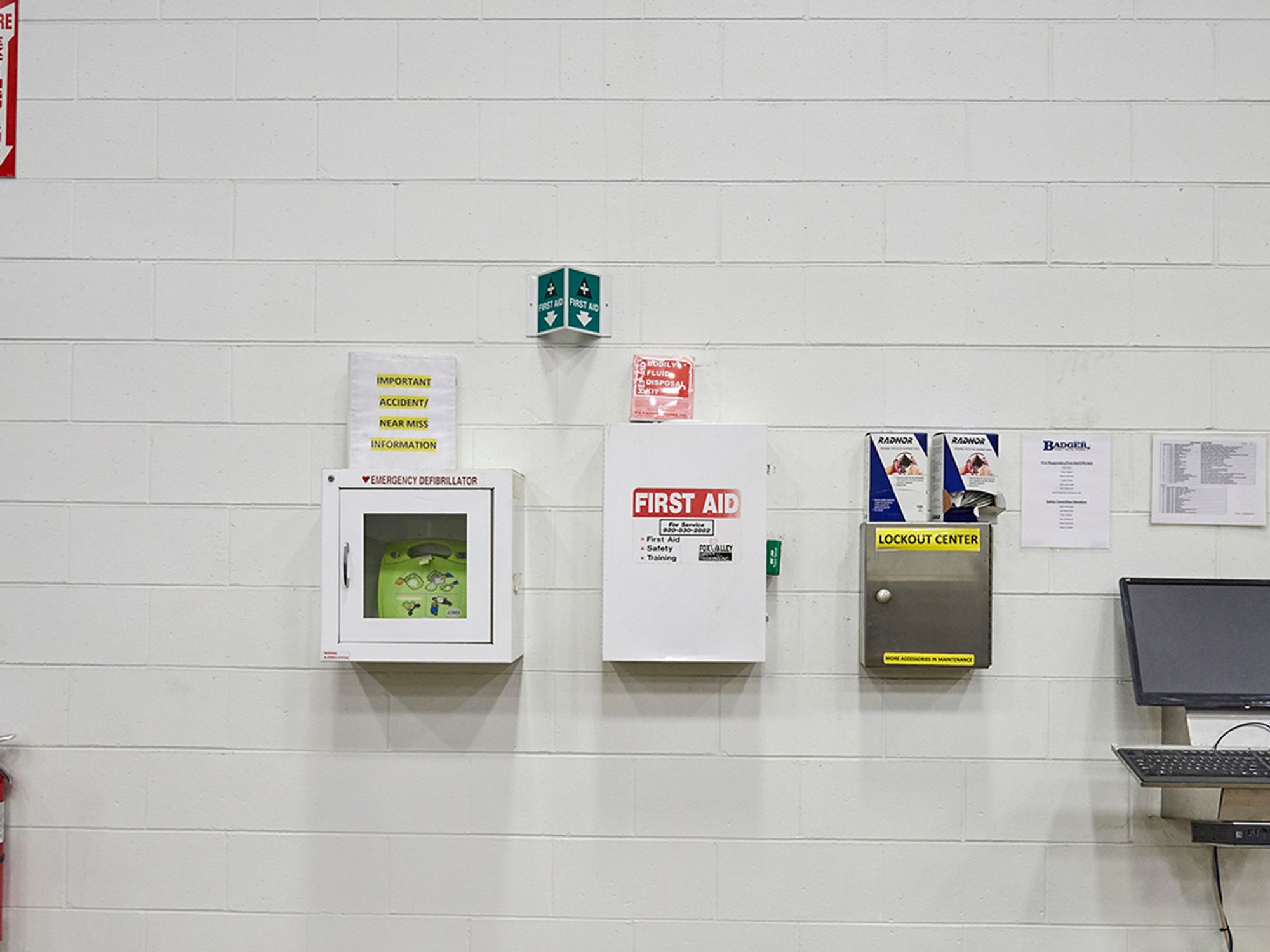First aid and medical

Employers must provide employees with a safe and healthy workplace that is reasonably free of occupational hazards. Unfortunately, accidents may happen. Therefore, employers are required to provide medical and first-aid personnel and supplies commensurate with the hazards of the workplace. The employer is responsible for evaluating the hazards in the workplace and determining what first-aid supplies are appropriate.
The Occupational Safety and Health Administration’s (OSHA) medical and first-aid requirements apply to all employers, though how they must comply depends on how close they are to a medical facility that can provide treatment, as well as the type of hazards present.
The American National Standards Institute (ANSI) in collaboration with the International Safety Equipment Association (ISEA) has updated ANSI/ISEA Z308.1-2021, Minimum Requirements for Workplace First Aid Kits, effective October 15, 2022. The ANSI standard has not been adopted by OSHA; therefore, it’s not mandatory for OSHA compliance. OSHA currently references ANSI Z301.1-1998 in Appendix A. OSHA often references consensus standards as a source of guidance to assist employers with complying with its standards or satisfying their duty under the General Duty Clause.
